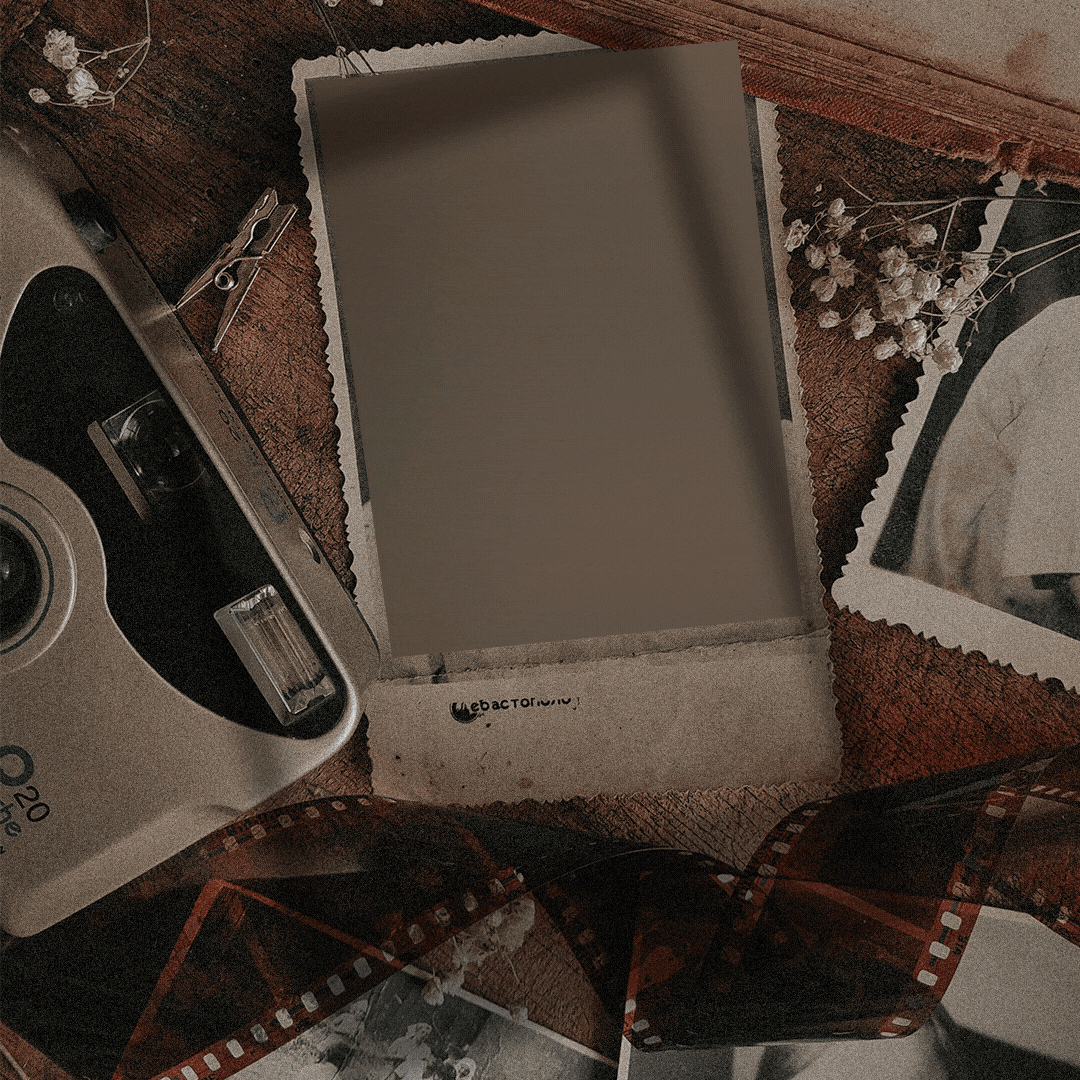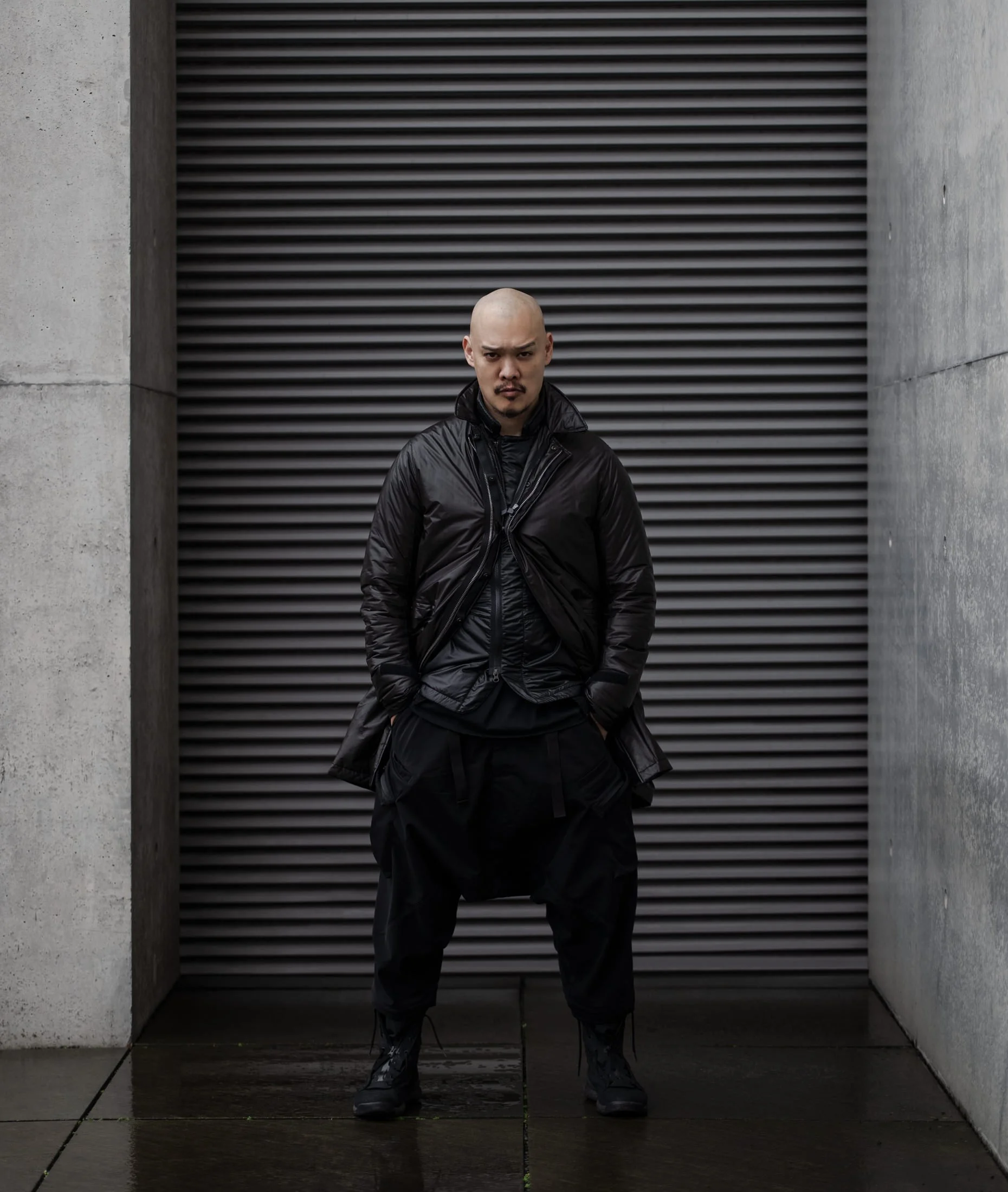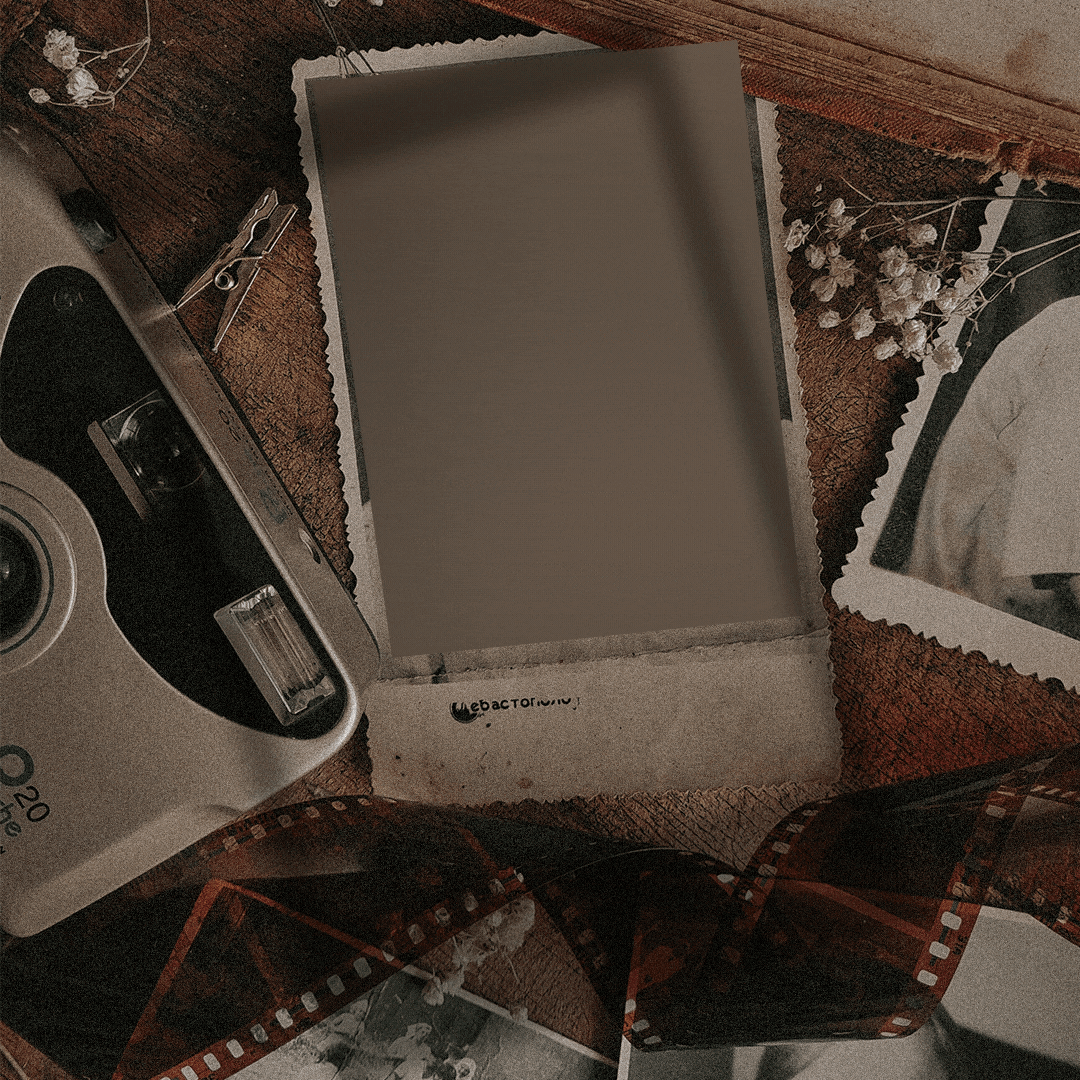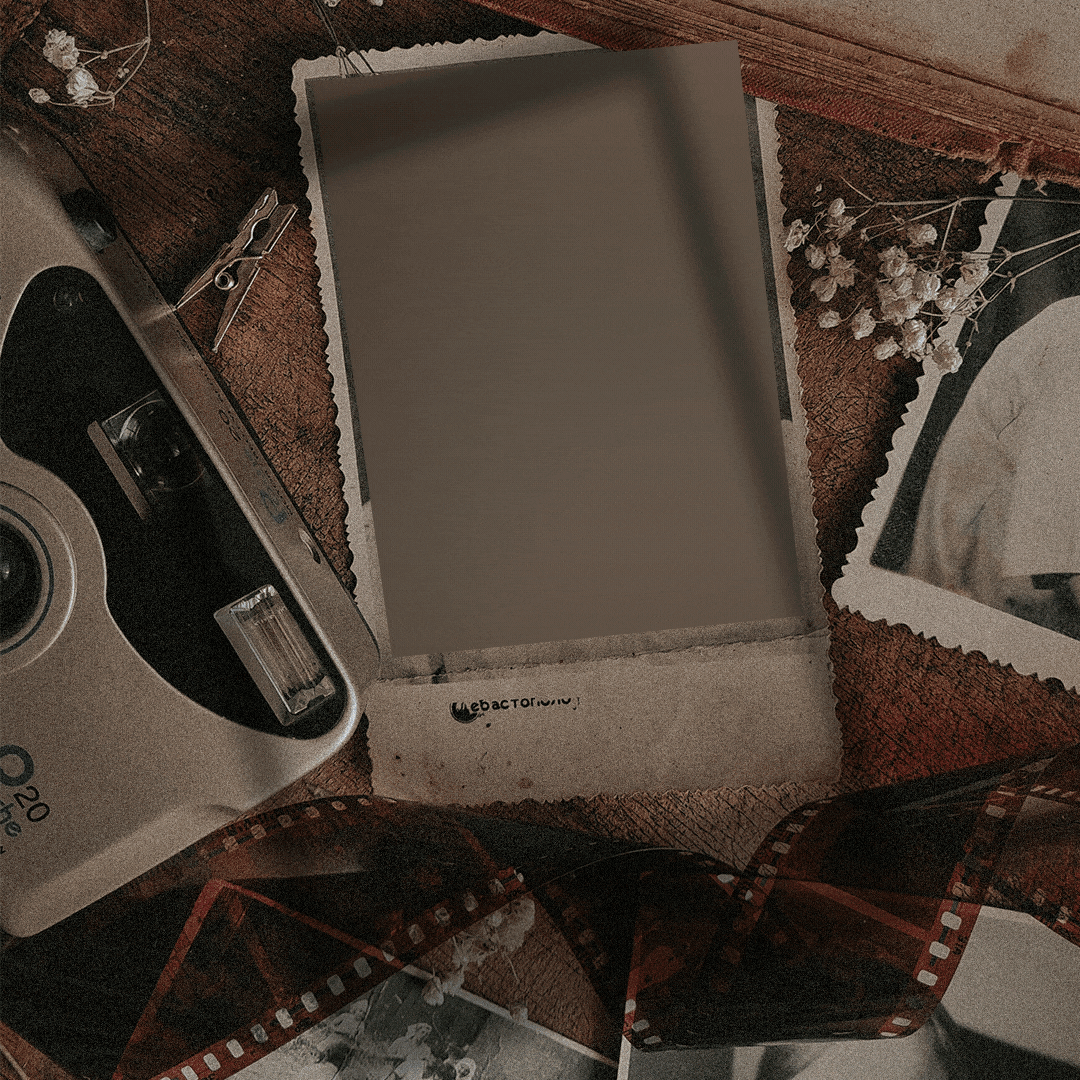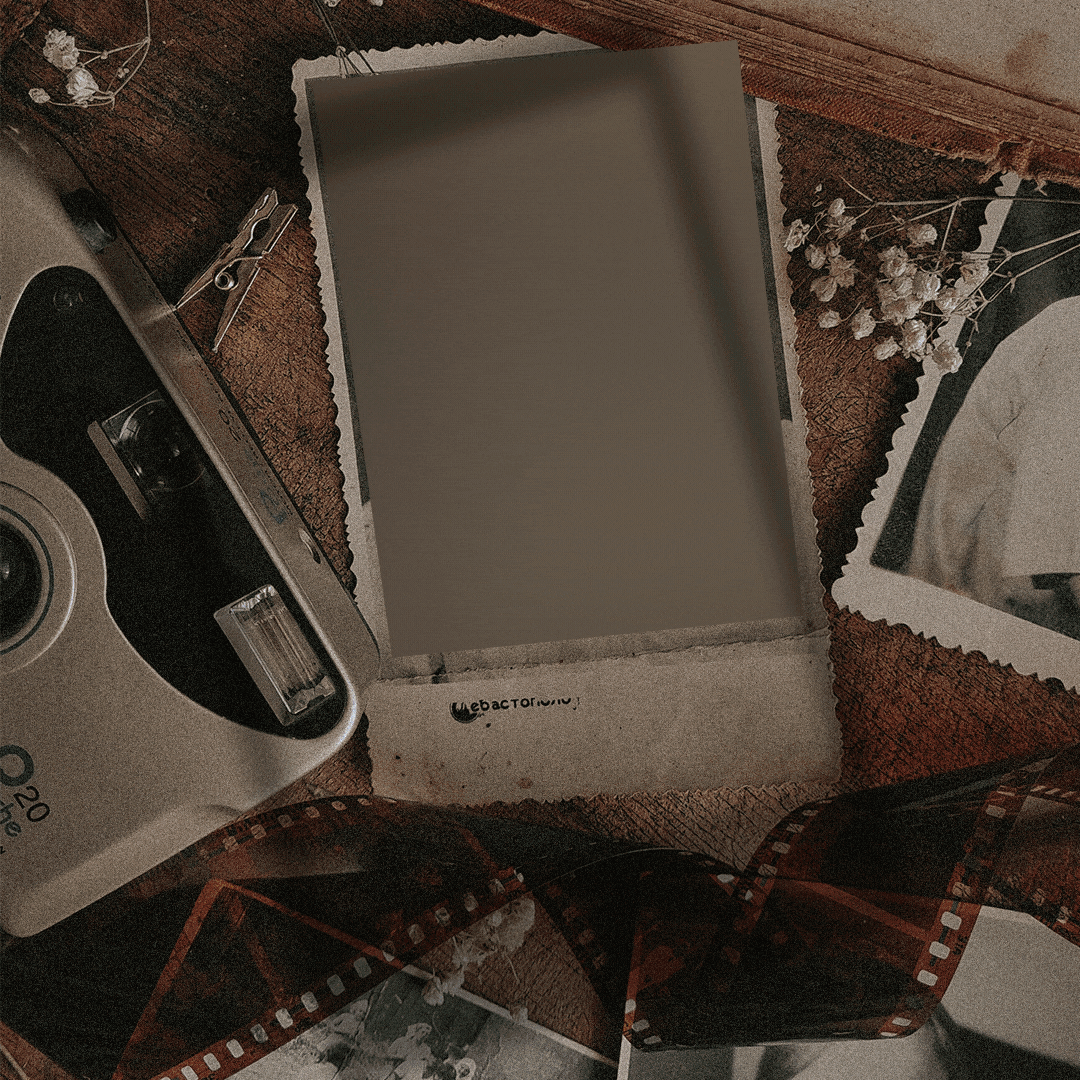Designer Profile 2022: Kristin Wu
This week I had the pleasure of interviewing Kristin Wu, a Computer Science and Media Arts and Design double major, whose collection for the MODA fashion show centers around futuristic and functional aesthetics that are inspired by content across a variety of media. Below is an interview diving deep into design process and inspiration ahead of the reveal of Kristin’s second collection for MODA, self-described as surveillant, utilitarian, and modular.
What are some sources of inspiration for your collection?
Kristin: Music and tech concepts. For music, I’m really into instrumental productions. Things that have the audio vibe that I like to translate into the visual aesthetic and style. They’re all pretty intense, they’re all futuristic sounding, which I honestly think translates well.
And the tech concept part, since I am a CS major… a lot of the stuff that we learn is interesting and my brain likes to apply it to fashion. For example, modular fashion. I think it’s derivative of modular learning. I think modules also exist outside of AI and modular learning. But it’s basically like the breakdown of certain tasks into incremental units. That’s how the AI learns is by doing those tasks individually, and it’s a breakdown of the larger function.
Kristin’s mood board for her collection.
The way that I’ve seen it translate into fashion, and why I like the idea of it, is the deconstruction of different garments of clothing or articles of clothing into pieces, and then you reconstruct them together as the person’s wearing it. There’s two really cool aspects of it. I think once you start removing the assignments or labelling of things as like, “this is a shirt, this is a pair of pants,” you get a lot more interesting ways to wear things.
Also, on a sustainability aspect, you don’t have to buy as much because you can take these pieces and reassemble them and reconstruct them, and wear them different ways that they were intended to be worn. I think there’s an interesting translation between these two fields, and I feel like it’s not necessarily super intuitive, so it’s the integration I kind of want to explore.
Have you done fashion design work before?
K: I did the DBC program last year, so I guess last year was my first time really designing and sewing. And then beyond doing my three works for the show, I haven’t really done that much in terms of actually constructing stuff, but I thrifted a bunch of things that I tailored and altered during the summer, which is the additional sewing experience I have.
What are some of the most challenging and rewarding aspects of the process?
K: Challenging, for me, is like… I always think at the beginning I can out-design any construction problems I’ll have later on, but that’s never true. Things you think are problems at the beginning end up not being problems, and then things that you don’t foresee as problems will end up being problems when you start sewing.
“I always like to linger on the design process because I think that’s where the fun is.”
One of the [challenging] things is the fabric I wanted to make one of the… it’s like a hood-sleeve [laughs]! it’s basically just a hood and a sleeve. And the fabric I wanted to use to make that ended up being a lot thinner than I wanted it to be, so I had to think about double layering and stuff like that to have the structure and the kind of look that I wanted it to originally have. That’s not something you anticipate when you’re initially designing things. So there’s that aspect that I think is challenging. And for me, I have more of an art background than I do a physically sewing background, so I always like to linger on the design process because I think that’s where the fun is, then… troubles arise! when you actually get to the sewing.
But rewarding is when you actually see your models in their fits. I haven’t really gotten to that point where we’re totally fitting models yet. But I remember from my show last year, that’s super rewarding to see them in the pieces that you’ve made. And then there’s the display of the pieces you’ve made and that whole aspect, which is really rewarding. But it’s the translation of something you have created in your mind into an actual material thing is really interesting.
Look 1 in Kristin’s collection.
Look 2 in Kristin’s collection.
What are you looking forward to most about the show?
K: I think it’s the fact that we’re really having a show! I think last year it was really underwhelming cause it’s like you got all your pieces together, and then you show up to… it was like an auditorium and then your models walk, they play background music, and that was it. You didn’t really get to see anyone else’s looks and stuff like that. So, I think the whole environment of actually having a physical venue and a show where everyone gathers at the same time and you get to see everyone else’s work. Because sometimes when you’re in the MODA designer group, the individual designers are each doing their own thing, so you don’t get as much cross-interaction as you probably want or would want. A lot of times I’ll know what designers are doing but I won’t get to see final product stuff until the actual show, so I think seeing that all together is really cool.
Describe your collection in three words.
Surveillance, utilitarian, modular.
Is there a particular person or label that first inspired you to take interest in fashion?
Errolson Hugh, the designer that sparked Kristin’s interest in fashion design. Image via Nuvo Magazine.
Yes. It’s Errolson Hugh of ACRONYM. He was the first person that had the kind of design philosophy that I like. And I really, really like the aesthetic of the stuff he makes. So, he doesn’t really follow the traditional fashion cycle. A lot of the new stuff he makes are just revisions of the old pieces he’s put out but better. And there’s a lot more of a focus on the technical aspects of the pieces themselves. So it’s like the fabric: there’s a lot of consideration put into textiles, and the functionality aspect of it which I really enjoy. I think sometimes that’s overlooked in fashion a little bit. I think that emphasis is what really attracted me to his work specifically, and that pulled my into fashion.
How has your design style changed since your last collection?
K: Last year, I had a pretty solid idea of what I wanted for the aesthetic. This year, I think I have a stronger idea of what I want for the theme. So my theme this year is surveillance. All my pieces are some translation of that idea, which I think is unity that I didn’t have last year, which I’m really excited about for this year.
Is there a certain time period in fashion that you feel your designs are connected to, whether eras of the past, trends of the present, or the future of fashion?
Anna: I’m feeling like it’s gonna be future!
K: It is future. I like the post-apocalyptic, avant-garde, like a bunch of layering of fabrics and stuff, that’s totally my vibe.
Images courtesy of Kristin Wu unless specified otherwise. Soundcloud playlist courtesy of Kristin Wu.

